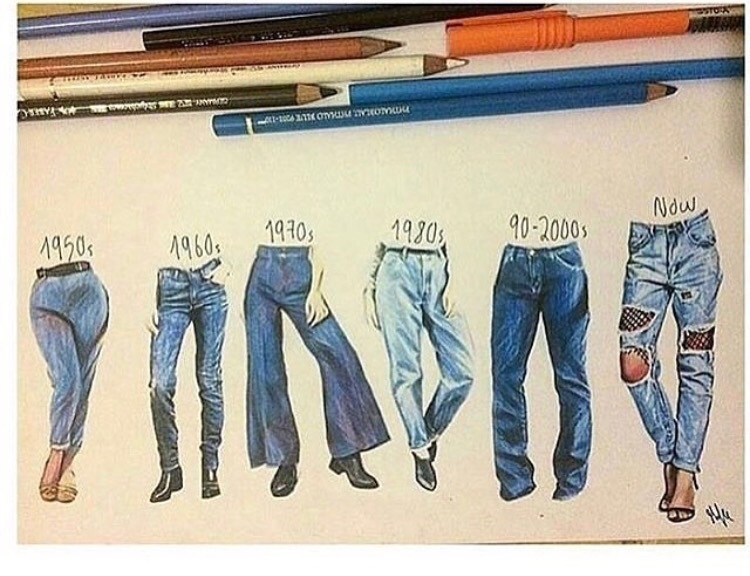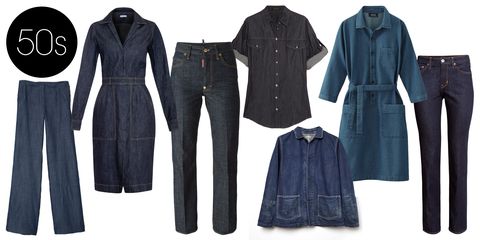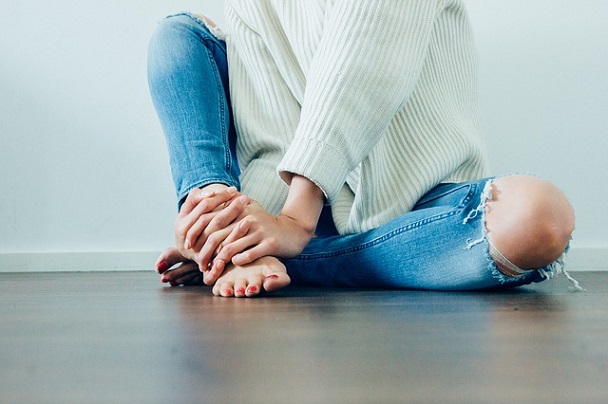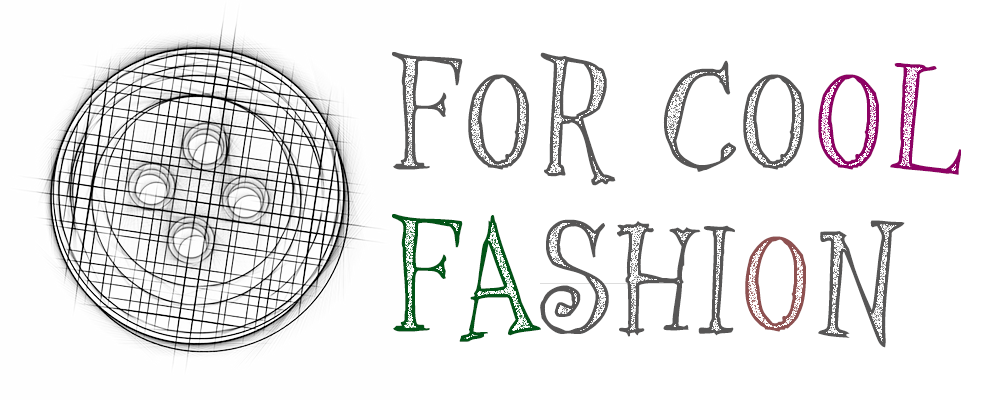| Disclosure: The links on this page are "Affiliate Links" and while these are shown at no costs to our viewers, they generate commissions for our website(s) |
The Evolution of Jeans: From Workers’ Trousers to Ubiquitous Fashion Items
There are few items of clothing that are as ubiquitous as jeans. The humble denim to users are an item of clothing enjoyed by men and women alike and by people of all walks of life. While fashions may change, jeans remain constantly adaptable; with torn jeans, distressed jeans, skinny jeans, colored jeans and more all being popular at some time or another. In fact, it’s almost possible to identify an era, simply by looking at the type of jeans worn at the time!

Jeans: The Origin
The word "jeans" is originally thought to be derived from ‘Genoa’, the region in Italy where jeans were originally brought over by sailors.
For many years, jeans were simply chosen for their sturdy denim material, which made them ideal for tough manual labor such as factory work. Factory workers would commonly wear jeans owing to their strength which would prevent them from getting torn or damaged by equipment. This also made them a very good investment for organizations looking to outfit their staff and not be required to continually replace their clothing.

The term "jeans" however is very often synonymous with the blue jeans that were invented by Jacob Davis and Levis Strauss in 1871 and patented two years later. Jacob Davis’ contribution was to suggest the use of metal rivets (a type of fastener) to hold the jeans together and to keep the pockets in place. This was popular with miners who found the pockets would often be torn loose otherwise.
As well as being useful for miners, it was thought that these new types of jeans would be useful for cowboys. Based on photographs, jeans worn earlier and for practical purposes would generally have been looser fitting than the more fashionable trousers that would follow later.
Growth and Popularity
In the 1950's however, jeans began to gain popularity particularly among teenagers. Originally they were picked up by the ‘greaser’ subculture in America. This was a major fashion trend with the working class youth, heavily influenced by rock singers such as Elvis Presley and Gene Vincent. The term ‘greaser’ came from the slicked back hairstyle that greasers would wear.
By the 1960's, jeans had become a popular fashion item of clothing and they were further perpetuated by the Hippie subculture. In 1965, a boutique in New York East Village called ‘Limbo’ would be the first to wash a pair of used jeans to create an intentional ‘worn’ effect. Also, somewhat typically for the era, it was also during this time that jeans started being embellished with patches, decals and other embellishments. Limbo would sell custom jeans like this for as much as $200 in some cases.

Subsequently,they would find fans among the punk rockers in the 70's and 80's and heavy metal enthusiasts. The 80's would see the introduction of stone washing, which was pioneered by GWG or ‘Great Western Garment Co.’.
Throughout these movements, the Levi’s brand remained popular as did other ‘historical’ brands including Lee and Wrangler.
Today, blue jeans in particular are more associated with American culture in general but are worn throughout the world as items of casual clothing. They are also still popular as protective garments and are worn as such by ranch workers and bikers.
To demonstrate the popularity of jeans today, consider that US citizens spend over $12 billion a year on jeans. And while North America accounts for 39% of purchases, Western Europe is close behind at 20%. The average American reportedly owns seven pairs of jeans today!
Why Jeans?
With so much success, one might be moved to ask: why jeans? What is it about these very simply trousers that has seen them become such a staple of wardrobes across the Western world?
While there are many different contributing factors, it seems like that jeans are in part popular for their connection to the working class, to the Old West and to traditional values. What started as trousers for workers would come to be associated with ‘salt of the earth’ values and traditional hard work. They initially may have been used to make a statement of pride regarding one’s roots– and it’s certainly interesting that the greasers, who were first to adopt jeans as part of their regular wardrobe, should have generally been from working class backgrounds. And along with this adoption from various movements and subcultures, jeans could eventually be seen as free spirited and anti-authoritarian. The fact that certain establishments reject jeans would only serve to strengthen this status.
More evidence for the idea that jeans represent the working class and/or a free-spirited attitude, can be seen when looking at the different styles that emerged. With distressed jeans, stonewashed jeans and even torn jeans being so popular, it’s easy to see how they might be used to suggest a practical lifestyle, an interesting history or different way of life. The fact that some fashion-conscious individuals purposefully distress their jeans but throw out old trousers that have become worn naturally can be seen as somewhat ironic. Such is fashion!

Another element that has contributed to the success of jeans is their durability and versatility. As tough trousers that can stand up to some serious punishment, denim jeans are suitable for a wide range of different activities and like a leather jacket can last a long time. This means that it’s possible to get attached to a pair of jeans in a way that you can’t get attached to a pair of chinos. It also means you might be more inclined to spend a little more money on a pair – which in turn means that clothes manufacturers are willing to invest a little more as well.
Finally, it is durability of denim that makes it so suitable for experimentation and for new ideas. Metal rivets simply would not work in trousers made from softer materials and nor would intentional tearing!
For all these reasons, jeans have transcended cultures, eras and nations to become an almost universal staple of our wardrobes. Long may their reign continue!








